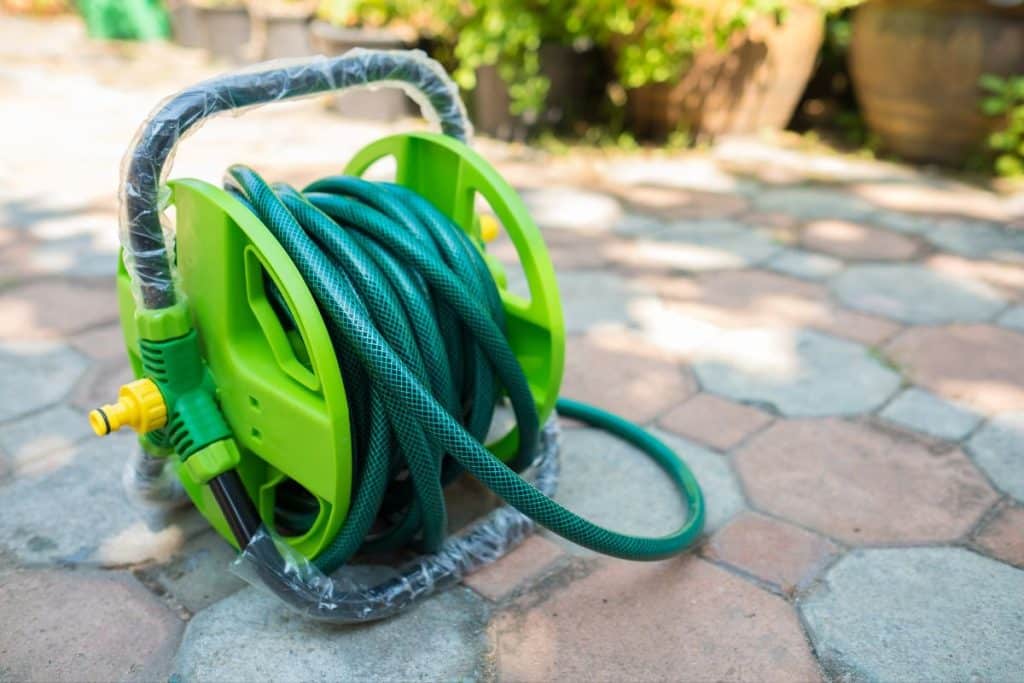In recent years, sustainability has become a driving force across all sectors of manufacturing. For companies and industries that rely on high-performance hoses, the shift toward eco-friendly materials and processes is more than a moral imperative; it’s also a smart business decision. Below, we explore key trends in braided hose manufacturing, including sustainable practices, emerging technologies, and how performance demands are evolving across multiple industries.
Eco-Friendly Materials and Processes
Innovations in Green Materials
Traditional hoses often incorporate plastics or synthetic rubbers that are not biodegradable. As environmental pressures grow, many braided hose manufacturers are turning to alternative, more sustainable materials. These include:
- Bio-Based Resins: Derived from plants or agricultural byproducts, bio-resins can reduce dependency on fossil fuels.
- Recycled Plastics and Metals: Incorporating reclaimed or recycled materials into the braided layers helps minimize waste and reduce the environmental footprint.
- Hybrid Composites: Combining eco-friendly polymers with traditional reinforcement layers can deliver both durability and sustainability.
Sustainable Manufacturing Practices
From the assembly line to final quality checks, manufacturing processes have a major impact on the environment. More energy-efficient production methods such as low-heat extrusion and closed loop systems that recycle water and other resources are becoming standard in modern hose facilities. Using renewable energy sources (e.g., solar, wind) to power operations further demonstrates a commitment to sustainability.
Environmental Certifications and Standards
Regulatory bodies and industry groups now recognize the importance of environmental accountability. Certifications like ISO 14001 (Environmental Management Systems) incentivize companies to track and continually reduce their ecological footprint. Adhering to these standards not only benefits the planet but also bolsters a manufacturer’s reputation for quality and reliability.
Emerging Technologies in Hose Production
Automation and Digitization
Robotic systems and IoT-enabled sensors are reshaping braided hose production. Automated braiding machines can maintain precise tension and spacing of the braiding filaments, leading to a stronger, more consistent hose structure. Meanwhile, smart factory solutions enable real-time monitoring of variables such as temperature, humidity, and tensile strength, minimizing errors and reducing waste.
Advanced Braiding Equipment
Modern braiding machines can handle multiple materials simultaneously, paving the way for hybrid hoses that combine, for example, stainless steel wire with recyclable plastics. This flexibility supports the creation of hoses tailored to highly specific performance requirements, from extreme pressure endurance to resistance against corrosive chemicals.
Innovative Coatings and Treatments
Surface treatments have evolved beyond standard corrosion prevention to include nano-coatings that enhance durability, reduce friction, or even enable self cleaning properties. As research advances, the ability to apply ultra thin, specialized coatings can significantly extend a hose’s lifecycle while reducing the need for harsh cleaning agents or frequent replacements.
The Evolution of Performance Requirements Across Industries
Automotive and Aerospace
Fuel efficiency and emissions regulations are pushing automotive and aerospace manufacturers to use lighter, stronger components. Braided hoses designed to withstand extreme temperature fluctuations and high pressure demands are essential. This focus on durability extends hose lifespans, aligning with sustainability goals by reducing resource consumption over time.
Food and Beverage Processing
Strict hygiene regulations drive the need for non-toxic, easily sanitized hoses. Beyond simply meeting safety standards, braided hoses in this sector must also handle temperature extremes both cold storage and hot cleaning cycles while maintaining flexibility and resilience.
Pharmaceutical and Medical Applications
For critical applications like drug manufacturing and medical devices, hoses must meet stringent quality benchmarks for sterility and non-reactivity. Traceability is also paramount, requiring braided hose manufacturers to carefully document material sources and production steps. These measures ensure product integrity from the factory floor to patient care.
Industrial and Construction Sectors
Hoses used in construction or heavy industry often face abrasive environments, high pressures, and exposure to chemicals. Ruggedness, abrasion resistance, and longevity are key. As sustainability initiatives become more prevalent, companies in these sectors are increasingly seeking hoses that balance durability with eco-friendly production methods.
Growing Importance of Sustainability Across All Sectors
Consumer awareness and regulatory pressures have made sustainability a top consideration in purchasing decisions. Regardless of the application automotive, food processing, or pharmaceuticals buying teams now look for braided hose manufacturers that demonstrate environmental responsibility in both their products and operations.
Integrating Sustainability and Performance
Balancing Eco-Friendliness with Technical Demands
While sustainable materials often align well with regulatory and consumer demands, they must still meet the real-world performance needs of various industries. Many manufacturers are experimenting with hybrid designs that merge biodegradable polymers with robust reinforcements to maintain structural integrity under demanding conditions.
Lifecycle Analysis (LCA) and Circular Economy Approaches
In a true circular economy, products and materials are reused or recycled at the end of their life cycle. By implementing cradle to grave or cradle-to-cradle LCA, braided hose manufacturers can continually refine processes to reduce waste and prolong product usefulness. This cyclical mindset could lead to take-back programs or partnerships that help recycle worn hoses into new products.
Collaboration with Stakeholders
Sustainability in hose manufacturing often requires collective efforts among suppliers, researchers, and clients. Collaboration enables the sharing of best practices and the development of industry wide standards that benefit everyone reducing fragmentation while accelerating innovation.
Sustainability and technological advancement are no longer optional; they form the new standard in the braided hose industry. As performance requirements expand across automotive, aerospace, medical, and other high-stakes environments, the need for innovative and eco-friendly solutions becomes clear.
By adopting green materials, embracing automated production, and aligning with rigorous certification standards, a braided hose manufacturer can meet present demands and pave the way for future progress. This forward-thinking approach benefits not only individual businesses but also the industries and communities they serve ultimately contributing to a healthier planet and more resilient supply chains

